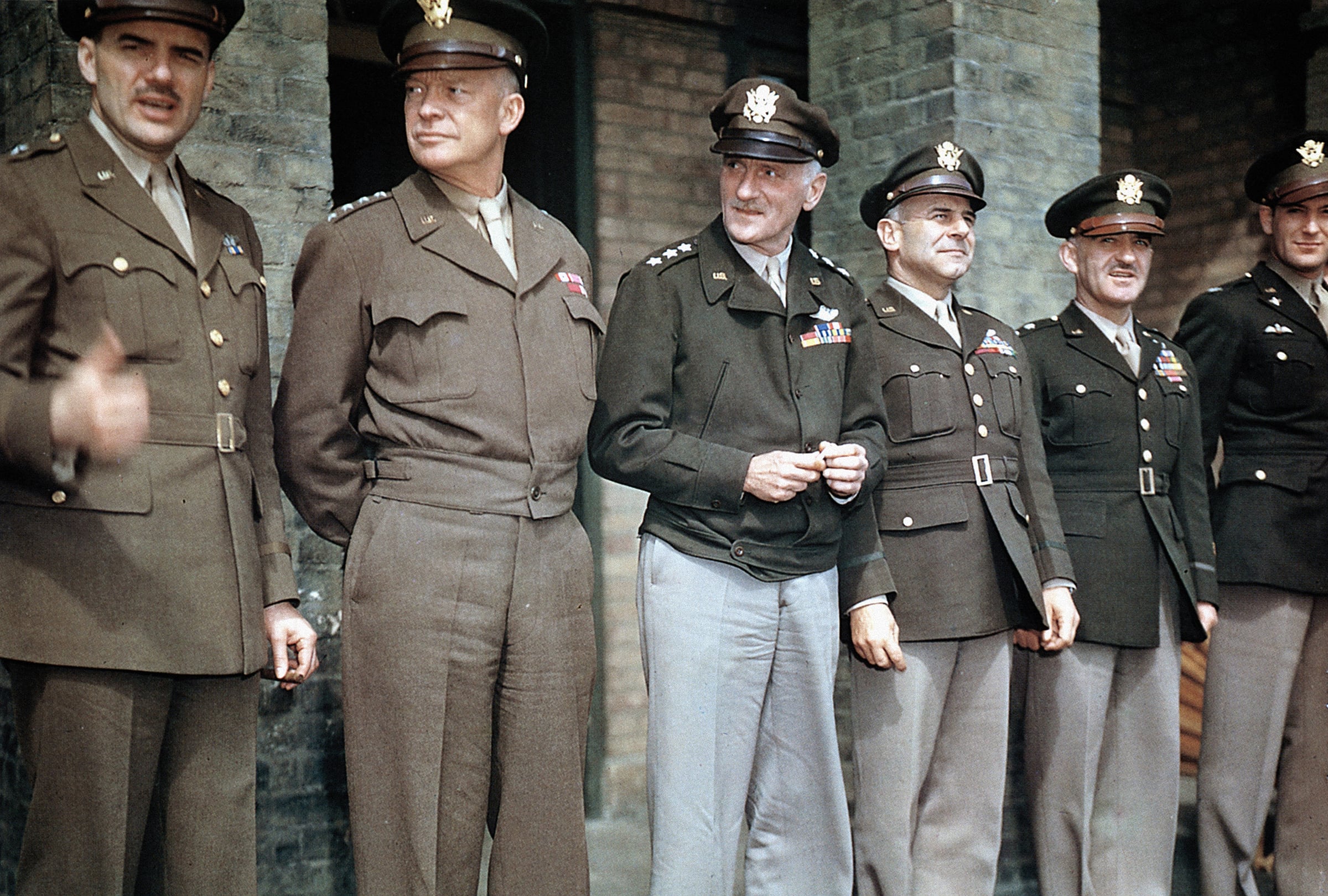What's old is new again as Sergeant Major of the Army Dan Dailey pushes ahead on bringing back a vintage uniform.
The Army's top enlisted soldier is heading to the next uniform board meeting, armed with the results of an exclusive Army Times survey, to make the case for bringing back an iconic, World War II era uniform for everyday business wear, he told Army Times in an interview this week.
"That was the uniform of the 'Greatest Generation.' There was a lot of prestige and honor associated with that. The American public identified with that uniform," he said. "We think that is more appropriate than trying to create something new."
The board — made up of leadership from across the Army, as well as a couple junior enlisted soldiers — is set to meet later this month, Dailey said.
Their recommendations will go to Army Chief of Staff Gen. Mark Milley and acting Army Secretary Bob Speer for final approval, which would involve a change to the clothing bag, and therefore an update to the clothing allowance.
Dailey and Milley have discussed the move before, Dailey said.
"When I presented it to the chief, he's an advocate," he said.
In February, at Dailey's request, Army Times emailed a survey about the pinks and greens to about 28,000 active-duty Army Times subscribers. Respondents had about a week to respond, and more than 5,000 of them did.
About 77 percent of respondents — all of whom said they were active-duty soldiers — said they like the World War II uniform. In addition, 72 percent said they would like the uniform to come back as an optional item, and almost 59 percent said they prefer it over the Army Service Uniform worn today.
After more than a decade of Army Combat Uniforms as standard office wear, pinks and greens would add another layer of formality and offer an alternative to camouflage.
"It would give us that daily uniform, that’s not a combat uniform, that’s more business," Dailey said.
It would also bump the Army Service Uniform up to ceremonial status, with an option to wear it as a dinner dress uniform interchangeably with the official mess uniform.
The Army has the most streamlined range of uniforms compared to the other services, which have a selection including utilities, business, dress, mess and ceremonial uniforms.
Think the Navy's khaki service uniform, worn on occasions when a business suit would be appropriate, or the Marine Corps' mandarin-collared dress blues, the equivalent of a tuxedo.
The Army has used the ASU for both of those purposes in the past several decades, authorizing the ASU Class B — blue pants with a white button-down and no jacket — in business settings.
Bringing back pinks and greens would give soldiers something in between camo and blues, Dailey said. And using an old-school uniform highlights tradition.
"The Marine Corps is very good at this," he said. "They’re very good at their honor, history, lineage sorts of things."
Once the proposal makes it through the uniform board, a plan will have to be hammered out in terms of the upfront cost to design and manufacture the uniform, as well as an adjustment to the uniform allowance and a schedule to phase them in.
'It's quicker than you think," Dailey said, though he could not set out a timeline ahead of the board meeting.
Meghann Myers is the Pentagon bureau chief at Military Times. She covers operations, policy, personnel, leadership and other issues affecting service members.




